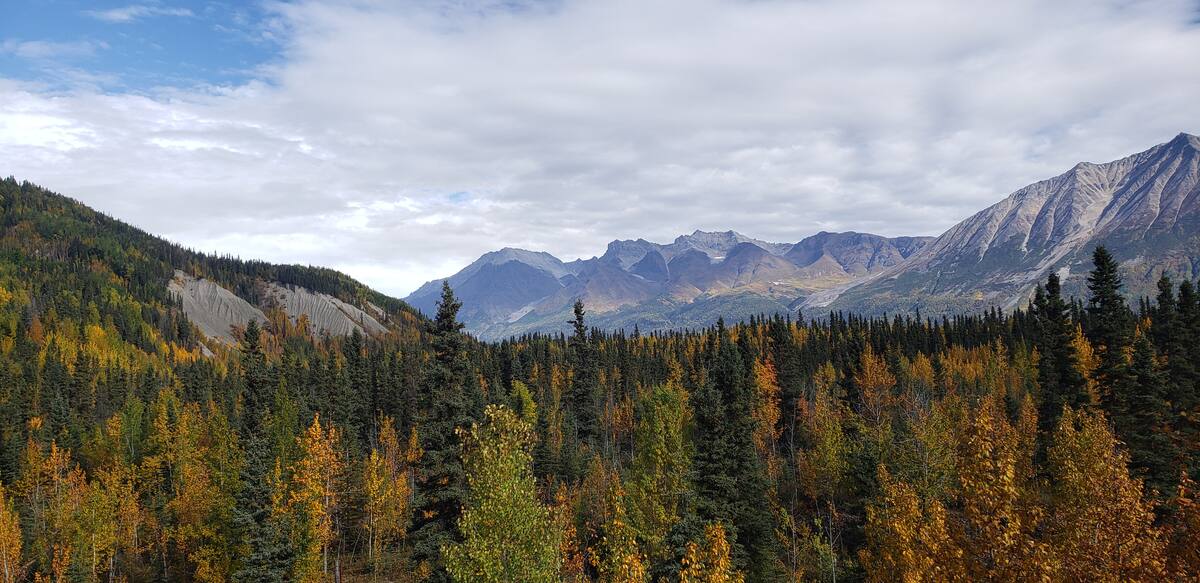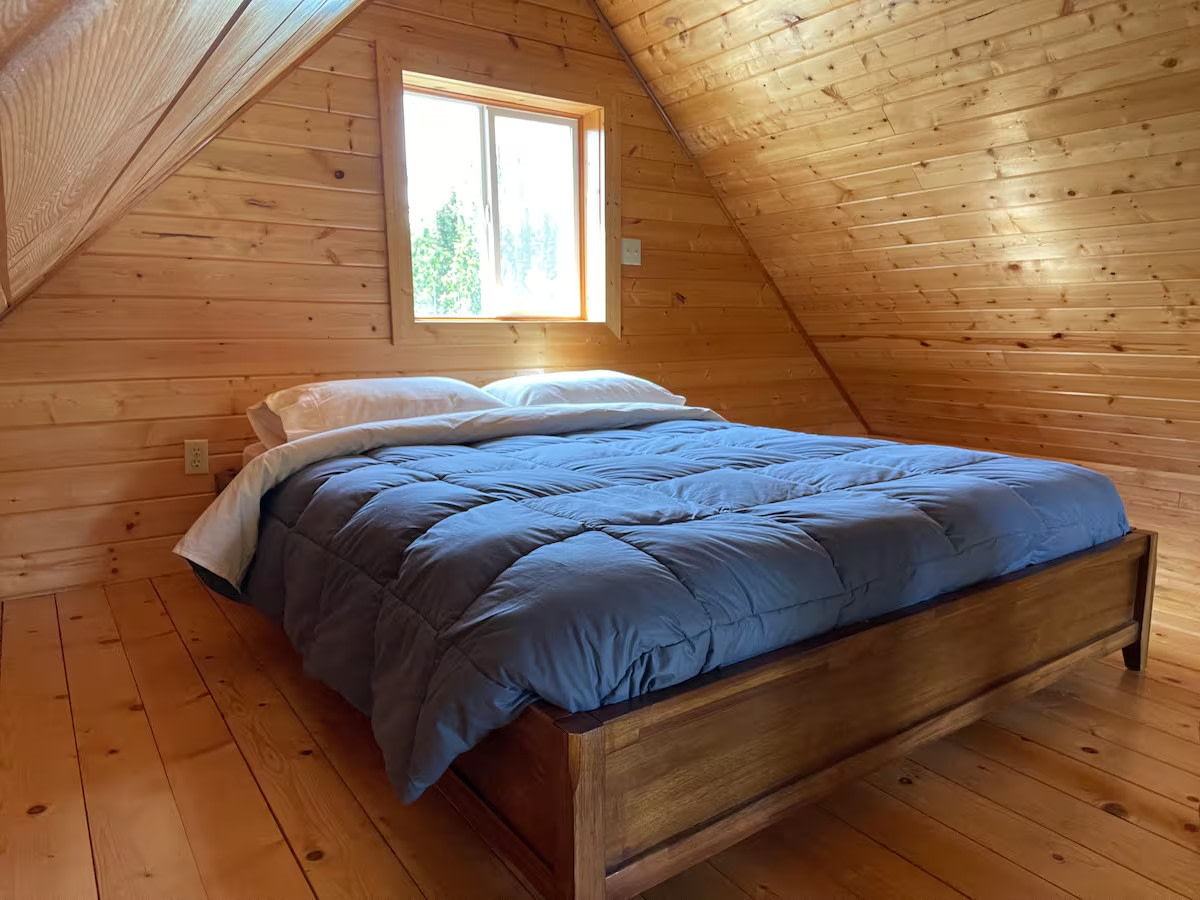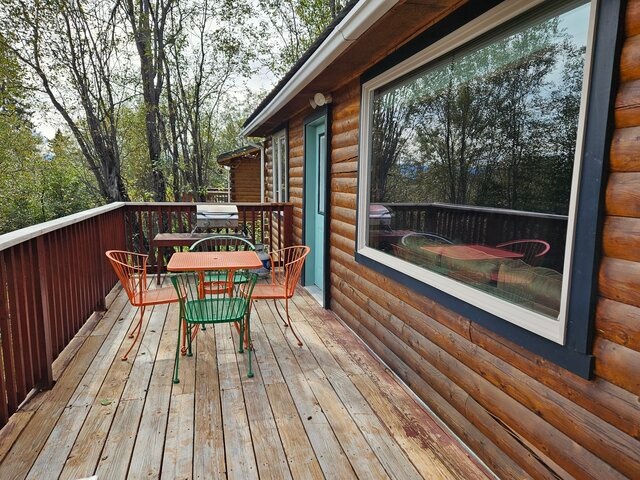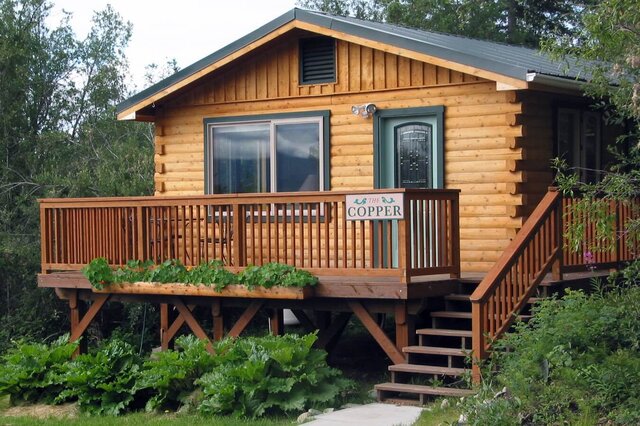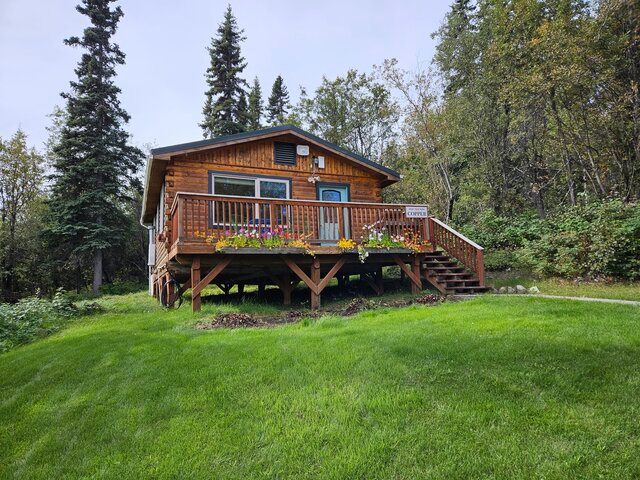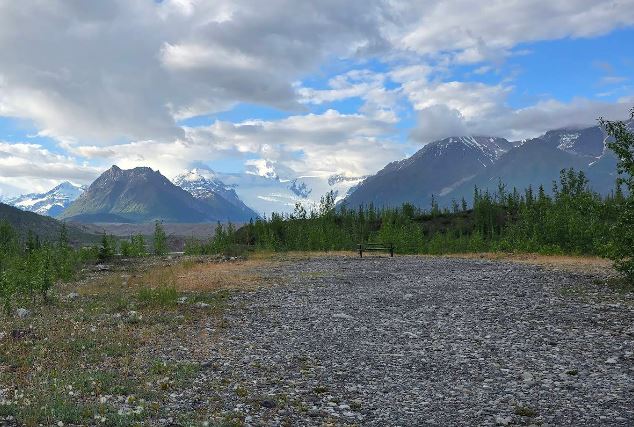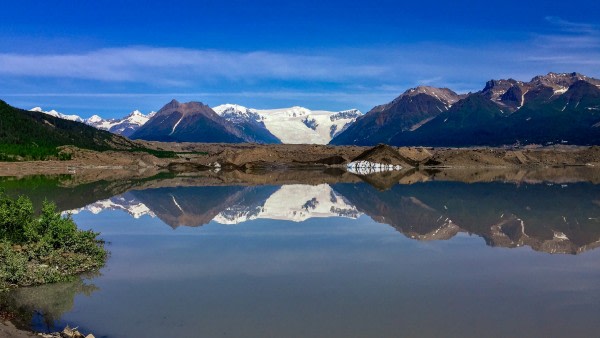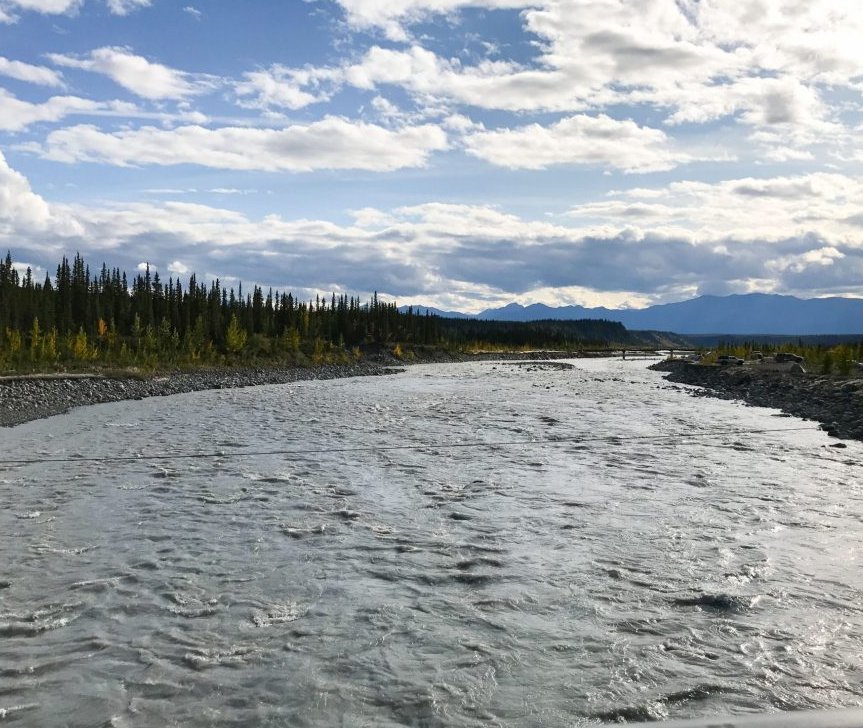- Wrangell-St Elias National Park and Preserve
The best camping in Wrangell-St Elias National Park and Preserve, AK
Experience one of the most dramatic and wild landscapes on earth in the remote Alaskan wilderness.
The best camping in Wrangell-St Elias National Park and Preserve, AK
Discover the most magical spots to pitch your tent or park your rig on your next Wrangell-St Elias National Park and Preserve adventure.



More campsites near Wrangell-St Elias National Park and Preserve
The best camping in Wrangell-St Elias National Park and Preserve, AK guide
Overview
About
At 13 million acres, Wrangell-St. Elias National Park is the largest of all US national parks. It presents an incredible contrast with wild coastlines backdropped by mountains climbing 18,000 feet above sea level, and its massive backcountry is dotted with treasured rivers, numerous glaciers, and volcanoes. Many visitors come for the wildlife viewing and immersive Alaskan experience—think salmon runs, high-density brown bear populations, caribou, moose, wolves, and eagles on land, plus whales, seals, otters, and marine life by the coast. Wrangell-St. Elias is accessible from the Nabesna and McCarthy road systems, as well as by air and watercraft. Endless outdoor adventures and supreme camping options draw campers for once-in-a-lifetime experiences in Wrangell-St. Elias National Park.
Notable campgrounds
- Best for car camping: The Nabesna Road offers free primitive pull-outs that serve as first-come, first-served campsites. Top spots exist at Rufus Creek, Kettle Lake, Dead Dog Hill, and Rock Lake.
- Best for amenities: The free Kendessni Campground’s 10 campsites have picnic tables, fire pits, and bathroom access, plus views of the Wrangell Mountains for tents and RVs.
- Best for hikers: The Copper Lake Trailhead has primitive campsites and access to the 12-mile backcountry trail.
Tips for snagging a campsite
- Many Wrangell-St. Elias campsites are located on dirt roads with tight access. Research routes in advance to ensure your vehicle is capable and not too large.
- Backcountry camping is popular among hikers, anglers, and boaters. Practice bear safety and make sure you are prepared to manage unpredictable conditions.
- Most primitive campsites on the road systems are first-come, first-served sites. The remote nature of this park means finding a campsite is likely, but the summer months do see enough traffic to fill campgrounds on occasion.
- Private campsites in and around the communities bordering the park are great options. Book ahead during the summer months to ensure your site is secured.
- Several wilderness lodges operate within the park boundaries. Access is via aircraft for many lodges and backcountry cabins, making them ideal basecamps for flyout adventures.
When to go
Remote Alaska camping adventures are primarily a summer activity. Wrangell-St. Elias road systems are open during June, July, August, and September for roadtrippers, car campers, and RVers. Salmon runs are also predominantly summer events, coinciding with high levels of bear activity for exciting wildlife viewing. Spring draws steelhead into coastal rivers, so places like Yakutat are popular among anglers during April and May. The weather is often rainy and cold during the spring, however. Winter is less popular with frigid temperatures but does have fantastic opportunities for backcountry skiing, cross country skiing, and snowshoeing. Sled dog tours and even winter paddling along the coast are worth considering for an off-season cabin stay.
Know before you go
- Wrangell-St. Elias National Park is massive and very remote. Rather than attempting to see everything in one trip, make an itinerary that utilizes several towns for basecamps and activity centers. Break it into sections and plan tours to see the best of the park by boat or air.
- Bring an emergency communication system for safety. A basic satellite messenger is useful in areas without cell service.
- A majority of the park is best accessed by plane or boat, but there are some great roadside areas to explore, too. The surrounding towns typically offer park tours that begin and end in town for convenience.
- The park offers audio tours for its driving routes. Download the audio for educational information as you drive and make stops to view glaciers and other various attractions.
